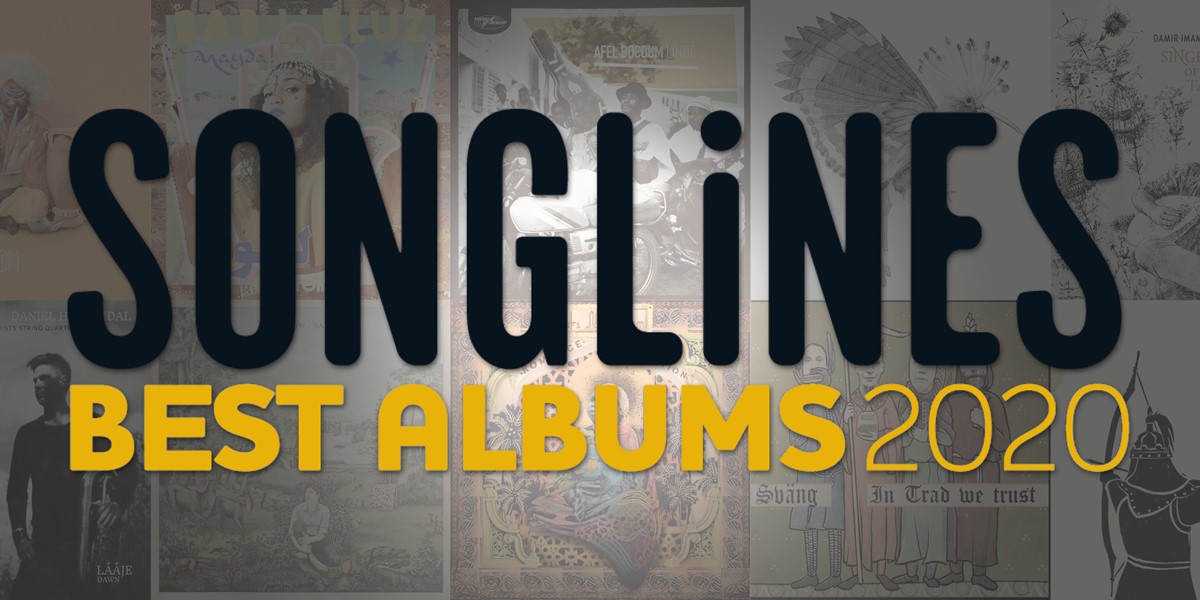Friday, November 27, 2020
Top 10 Albums of 2020
Here are 10 of our favourite albums from the past 12 months, including releases from Sam Lee, Cocanha, Afel Bocoum, Siti Muharam, Damir Imamović and more...


Register now to continue reading

Thanks for visiting the Songlines website, your guide to an extraordinary world of music and culture. Sign up for a free account now to enjoy:
- Free access to 2 subscriber-only articles and album reviews every month
- Unlimited access to our news and awards pages
- Our regular email newsletters

